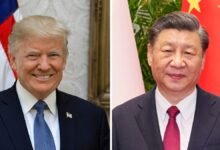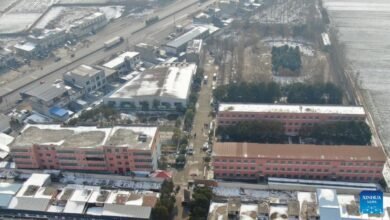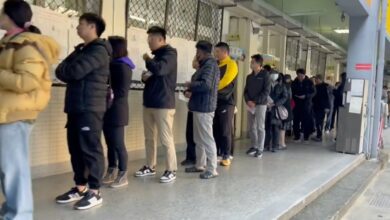China’s widening power shortage shuts factories, reduces growth forecasts

Many families have also been forced to spend nights of darkness as the nation implemented rationing in line with its pledge to cut its energy consumption to meet climate goals.
NEW DELHI — After promising to reduce its energy usage to fulfil climate objectives, China is experiencing severe power outages.
According to Reuters, rationing was enforced in some regions of northeastern China last week during peak hours.
Manufacturing industries’ operations hampered
Power outages and shortages have hampered operations at a number of industries throughout the nation, posing a fresh danger to the country’s faltering economy and perhaps further prompting fears of global supply chain disruption.
As China’s power shortages worsened, work at a number of companies, including several that supply Apple and Tesla, came to a standstill, while some stores in the northeast functioned by candlelight and malls closed earlier as the economic toll of the crisis grew.
Electricity to many homes also affected
Home electricity use restrictions have just recently gone into effect. As a result, many families have been spending their nights under candle lights. However, it is not the domestic use of electricity that has concerned the authorities.
In fact, China’s huge industrial base has been dealing with periodic increases in electricity costs and use restrictions since at least March 2021.
Economists, as a consequence, have now lowered their annual growth forecasts for the country.
China’s pledge to reduce carbon dioxide emissions
At a United Nations climate change meeting in late 2020, China’s President Xi Jinping declared that the government will reduce carbon dioxide emissions per unit of gross domestic product, or carbon intensity, by more than 65 per cent by 2030 compared to 2005 levels.
China’s capacity to reduce emissions, as the world’s leading producer of carbon dioxide and other harmful gases, is viewed as vital in the worldwide fight against climate change.
At the summit, Xi also promised significant increases in renewable energy capacity, but his carbon intensity targets have since become the most widely followed recommendations for emissions reduction, particularly at the provincial level.
Stiffer penalties for lagging in energy reduction objectives
Only 10 out of 30 mainland Chinese regions met their energy reduction objectives in the first six months of 2021, according to the country’s main planning agency, the National Development and Reform Commission (NDRC).
In reaction to the collective overshoot, the NDRC announced stiffer penalties for regions that fail to reach their objectives in mid-September and stated that it will hold local authorities accountable for restricting absolute energy consumption in their areas.
China’s total power generation from January to August 2021 was 10.1 per cent higher than the same period in 2020, and over 15% higher than the same time in 2019, as utilities throughout the nation ramped up capacity to meet increasing industrial demand.
However, with increased power output came increased hazardous emissions, which in the first quarter of the year exceeded pre-pandemic levels.
On Friday, the NDRC stated that it will strive to fix the power outages, but did not specify what actions it will take.
Multitude of factors disrupt the power supply
There are numerous reasons why power in parts of China is suddenly in limited supply.
More parts of the world are reopening following pandemic-related shutdowns, boosting demand for China’s energy-hungry export manufacturing.
China is experiencing a power deficit as a lack of coal supply, stricter pollution requirements, and strong demand from industries drive coal prices to new highs and force widespread usage restrictions.
Also, Beijing has a huge short-term problem in its protracted trade battle with Australia, the world’s second-largest coal exporter, which has severely slowed coal supplies to China.
Another cause is worldwide natural gas scarcity, as a number of big economies rush to store up on the fuel when COVID-19 limits were eased.







